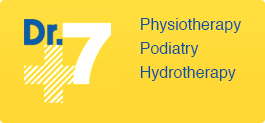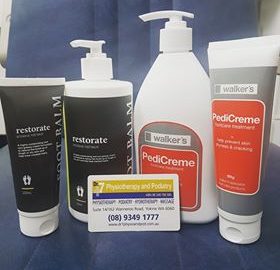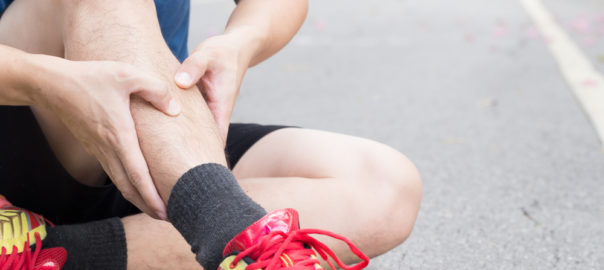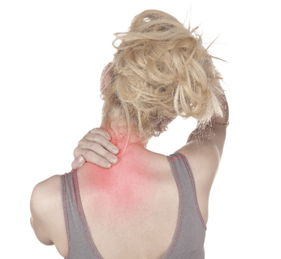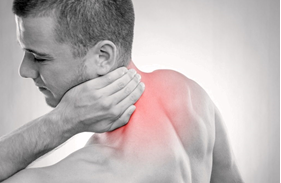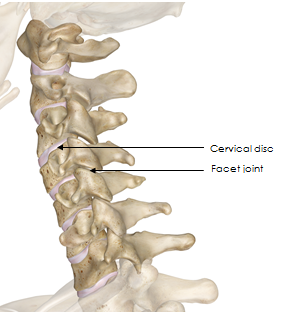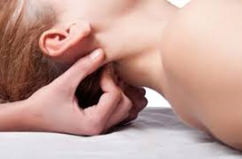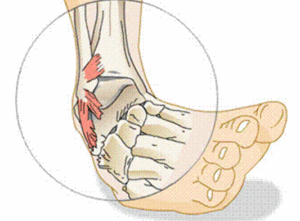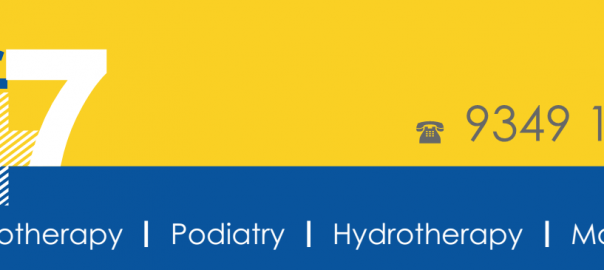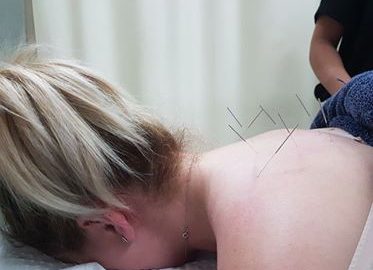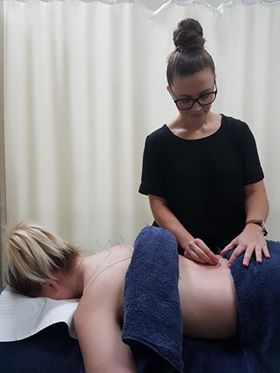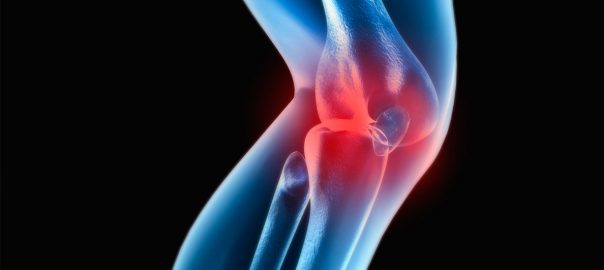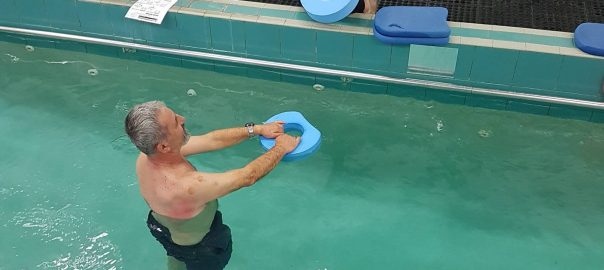What is physiotherapy? Physiotherapy is a medical practice that is designed to help patients with injuries. The aim is to restore mobility and flexibility. In most cases, their services are called in to help patients recovering from injury or disease.
A physiotherapist is a qualified, well-trained individual. They work in concert with doctors to provide a physical element to the recovery. Like all medical personnel, they work so the patient can get better and be given the tools to remain healthy.
Physiotherapists use a variety of techniques and go over various data. Their tasks require them to make assessments, diagnosis and prescribe treatments for a broad range of conditions. Movement disorders, joint issues, injuries, and other mobility-related problems are part of their expertise.
However, the practice is not limited to post-injury treatment. They can also be called upon to provide regimens meant to prevent injury or promote better health. Physical rehabilitation and maintenance of mobility, along with aid in particular chronic disease management programs, is not unusual.
A typical physiotherapist in Australia will have an education in patient education and occupational health.
You might be wondering: why would I need a physiotherapist? The first inclination is to think that you don’t and never will. An injury-free lifestyle and a healthy diet, along with exercise, seems like a good recipe for keeping the doctor at bay.
However, various people might come to a physiotherapist to address a variety of concerns. Even those who are perfectly healthy may decide to consult one, in the interest of staying in good health. It helps that the discipline can address a broad range of needs.
Cardiovascular and respiratory therapy are everyday actions for physio Dianella.
The heart and lungs are like the body’s engine, making sure that all the right stuff is pumped into all the right places. Physiotherapy regimens can help rehabilitate people living at risk of many hearts and lung-related conditions, such as asthma.
The physio Osborne Park practice can also provide technique’s to help recover from surgery involving the cardiovascular or respiratory systems.
Cancer is also a possible cause you might seek physiotherapy Dianella.
Lymphoedema, palliative care, and other cancer-related needs can be addressed through the right regimens. Physiotherapists can devise programs that include the treatment and management of the fatigue associated with the cancer treatments.
At the same time, they can aid in deconditioning and alleviating the muscle and joint stiffness. These are sometimes known to be side effects of certain types of cancer treatment.
The elderly can also reap a variety of benefits. Exercise and physical activity – as directed by physiotherapy Dianella – can help improve the quality of life for senior citizens.
Older individuals can use physiotherapy to improve their mobility in the wake of incontinence, osteoporosis, and other conditions. A regimen can also be designed to aid in remaining mobile and active, even in their old physical state.
Physiotherapy can also help the old address continence issues.
Women’s health is also an area that may benefit. Pregnancy, bowel control, post-partum care, pre-birth exercises, and menopause are all areas where physiotherapy can offer assistance.
Some neurological concerns may also be addressed.
Neurology and physiotherapy converge in the areas of damage to the spinal cord or brain. Injuries and trauma may reduce mobility or quality of life. A combination of neurological efforts and physiotherapy regimens can reduce the problem, particularly for conditions such as Parkinson’s or multiple sclerosis.
Orthopaedic concerns are also covered.
Physiotherapy Yokine can help the management of acute or chronic conditions. Osteoarthritis, rheumatoid arthritis, and amputations are some areas that the practice can help with. They are also part of the rehabilitation program for orthopaedic surgery.
Musculoskeletal areas can also benefit from physiotherapy. The primary focus here lies in preventing strain and injury. Techniques can also address some underlying problems, such as limited mobility, or neck and back pain.
Physiotherapy Dianella can also assist various occupational health concerns. The practices and exercises can support the overall well-being of workers. They can also help in reducing the risk of injury or disease and address safety hazards.
There are other areas where a physiotherapist Joondanna might be able to offer help. Consult with one to make sure. Other areas where physio Dianella might help include men recovering from testicular cancer. Physio Yokine can also assist various paediatric concerns.
You might be curious about the average physiotherapy Osborne Park session. Below you’ll find a description of how things tend to go so that you can get an idea for yourself.
The session – indeed, your entire relationship with a physiotherapist – begins with questions. The therapist will ask about your overall health and various other queries, intent on getting an idea about your unique needs and condition. The treatment will depend on what is learned at this stage.
Assessment and diagnosis of what the patient needs follows, using information on the condition. The goal at this point is to know what would be required, which informs the plan and regimen.
This is also the point where the therapist inquires about the patient’s goals. Some patients want to run marathons, while others want to remain physically mobile even in old age. What they want will affect what the therapist will recommend.
A therapist will work with you in setting those goals. Sometimes, you might set a goal that is far too advanced or beyond your body’s current abilities. A physiotherapist can help keep the objectives from being impossible but still challenging. Physio Joondanna can be a huge help for you.
Finally, a treatment plan is developed. Physical aids and exercise will usually be part of this, along with changes to lifestyle and general health. The result is a comprehensive plan meant to make your life better, while also helping you achieve your goal at a steady pace.
Physio Tuart Hill can assist you in having a better quality of life. The holistic approach and the ties with other medical practices mean that you are getting comprehensive care and the attention of a professional. Physiotherapy Tuart Hill might be a good idea for you and your overall health.
